Is my Mother Shyama Black? A Song of Kamalakanta
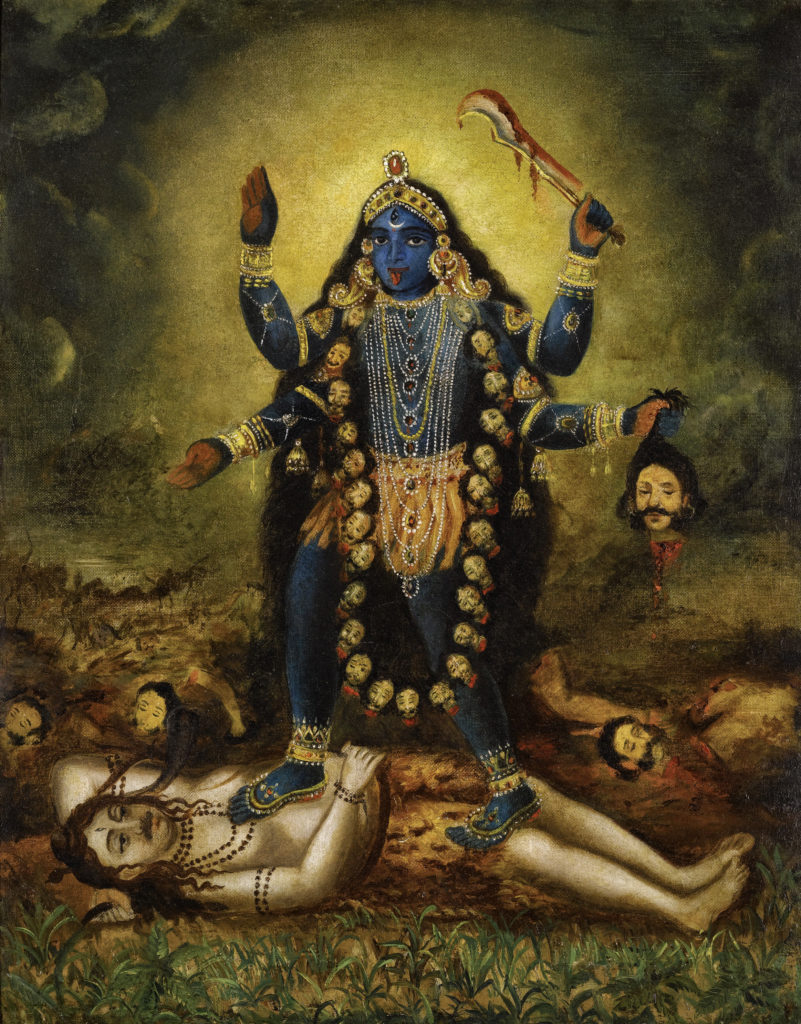
This song was written by a famous tantrik adept named Kamalakanta Bhattacharya (1769-1829). He was the court poet and spiritual guru of the Bardhaman King, Tej Chandra Bahadur. Recently I began visiting the Kali temple associated with Kamalakanta. It is a simple and small temple, but one that has a very interesting history. This is the place where Kamalakanta worshipped the Divine Mother, composed songs to Her and practiced tantrik sadhana (occult rituals). Although now found in a bylane of a bustling town, I was informed that in his day this place was remote, surrounded by a forest and located near a burning ground.
Since I am finally taking my Bangla language studies seriously and collecting Shyama Sangeet (Kali Ma devotional lyrics), I thought I should be a good bhakta and start sharing what I discover. Not only as a reflection of my own personal interests, but as a way for non-Bengali speakers to learn something about a fascinating musical genre dedicated to venerating the Mother of the Universe.
The main Kali murti (sacred image) is not only an object of ritual worship, but also marks the final resting place of Sadhok Kamalakanta. Underneath the image of Ma Kali his mortal remains are interred sitting crossed-legged in typical yoga posture. Next to the main temple room is a panchamundi asana, or “five skull seat” that was the ritual space of Kamalakanta. He himself buried the skulls of five different symbolic animals corresponding to the elements and this was his primary place of meditation.
Clearly there is much to learn and I hope to work on translating the small paperback books the temple employees were kind enough to give me on the back history of the place and what information is known about the mystic life of Kamalakanta. For now, I thought it would be nice to share a simple song that I am confident enough to translate.
The formula I will use for this translation will be quite simple: First I will give the lyrics in Bengali, a simple English transliteration (minus the diacritics), and then my own English language translation. This will be followed by a brief elaboration on some of the specific terms used and themes of the composition.
Accompanying this, I will share an audio recording of the song that I have uploaded to youtube. This way you can listen to how such a song would be performed. No other singer could render this better than Pannalal Bhattacharya, the most-beloved singer of Shyama Sangeet. Likely recorded in the late 50s or early 60s, the vintage quality lends an otherworldly and mysterious feel which I feel only enhances the natural beauty of the song.
It is my hope that by providing an English translation of the lyrics along with accompanying audio, I might help non-native Bengali speakers appreciate something of this fascinating genre of devotional music they may otherwise never be exposed to. And more importantly, I hope that as I learn I may be able to help others connect with Ma Kali, the Blissful One who eternally creates, pervades, and transforms all things. As Her dedicated bhakta, I pray that in a humble spirit of service I may be able to serve Her will in some way.
JOY MAA KALI
শ্যামা মা কি আমার কালো রে শ্যামা মা কি আমার কালো
লোকে বলে কালী কালো আমার মন তো বলেনা কালো রে।
কালো রূপে দিগম্বরী, হৃদি পদ্ম করে মোর আলো রে,
শ্যামা মা কি আমার কালো।
শ্যামা কখনো শ্বেত, কখনো পীত, কখনো নীল, লোহিত রে।।
মায়ের সে ভাব কেমন বুঝিতে না পারি, ভাবিতে জনম গেল রে
শ্যামা মা কি আমার কালো।
শ্যামা কখনো পুরুষ, কখনো প্রকৃতি, কখনো শুন্যাকার হে।।
মায়ের সে ভাব ভাবিয়া কমলাকান্ত সহজে পাগল হলো রে
শ্যামা মা কি আমার কালো।।
– কমলাকান্ত ভট্টাচার্য
SHYAMA MA KI AMAR KALO RE SHYAMA MA KI AMAR KALO
LOKE BOLE KALI KALO AMAR MON TO BOLENA KALO RE.
KALO RUPE DIGAMBARI, HRIDI PADMA KORE MOR AALO RE,
SHYAMA MA KI AMA KALO.
SHYAMA KOKHONO SHETO, KOKHONO PITO, KOKHONO NIL, LOHITO RE.
MAYER SHE BHAB KEMON BUJHITE NA PARI, BHABITE JONOM GELO RE
SHYAMA MA KI AMAR KALO.
SHYAMA KOKHONO PURUSHO, KOKHONO PROKRITI, KOKHONO SHUNAKAR HE.
MAYER SHE BHAB BHABIYA KOMOLAKANTO SHOHOJE PAGOL HOLO RE
SHYAMA MA KI AMAR KALO.
–KAMALAKANTA BHATTACHARYA
Is my mother Shyama black?
People say that Kali means black, but my mind says that this is not so.
In Her dark beauty, the Naked One illuminates the lotus of my heart.
Is my mother Shyama black?
Shyama is sometimes white, at other times yellow,
again blue, and vibrant red.
The Mother’s true nature is beyond my understanding
and in contemplating Her my life has dissolved.
Is my mother Shyama black?
Shyama is sometimes spirit, sometimes matter,
and the transcendent void beyond both.
Lost in Her ecstasy, Kamalanta has gone insane.
Is my mother Shyama black?
–Kamalakanta Bhattacharya
The name Kali is the feminine form of the word “black” and is also a play on the word for “time.” In one sense, Mother Kali is the great womb of time itself, from which all emerges and to which all returns. Here the tantrik poet asks if the Great Mother is truly black.
The word Digambari he uses to describe the mother in her dark effulgent beauty, simply translates as “naked.” If you break the word down more precisely it means “clothed with the four directions,” equivalent to the English word sky-clad. Digambari is an appellation of Mother Kali. Kamalakanta refers to the goddess illuminating the lotus of his heart. No doubt, this is a direct reference to the anahata chakra, the heart lotus described in Hindu esoteric anatomy. Again and again in bhakti literature and lyrics, one will come across this theme. The ishta devata, the beloved patron deity that represents the supreme to the individual, is said to reside in the heart. Personal mystical revelations have revealed this to me. Kali Ma dances in the center of my chest, but it might different for somebody else. Regardless, this is the basic idea. For the bhakta, the goddess Kali is believed to be the indwelling divinity in the spiritual heart of her devotees. Kamalakanta questions how it may be that if she is black she can illuminate his being.
Kamalakanta then goes own to describe Ma appearing alternately in the colors white, yellow, blue, and red. Considering that he was a hardcore tantrik who meditated on a skull seat, I am inclined to assume that the colors are symbolic, perhaps corresponding to the four elements. Without confirmation this can only be conjecture. One interesting interpretation was offered by a lady I met at the Kamalankata temple who suggested that images of the Mother Goddess are often fashioned in these colors. This is true, but again not an accident!
Purusha and Prakriti are concepts with ancient roots, that I have in the translation referred to as spirit and matter respectively. In the Upanishads these ideas are coupled together in a masculine/feminine dynamic where purusha is perceived as the unchanging and eternal principle underlying prakriti which is subject to the laws of cause and effect. This duality is again echoed later in the Shiva and Shakti concept, which will also be familiar to anyone who has seen the iconography of Ma Kali where the dynamic goddess is coupled with a corpse-like static Shiva.
In the human realm we inhabit and through which we perceive and interpret all things, this duality can be related to our body which continually transforms and ultimately perishes in contrast with the deathless soul in the center of our being. Thus, the poet Kamalanta identifies Mother Kali with all that exists, both manifest and unmanifest, as well as that which is beyond. She is not only the creation and its soul, but the source of both.
Finally, the composition closes with a bhonita. This is a common device found in Bengali poetry, functioning as a literary rubber stamp. The poet will give his name along with a commentary on the preceding lyrics. This both provides a means to “sign” a song that will otherwise be transmitted orally as well as to help to bring out the inner essence of the lyrics.
In contemplation of the Mother Goddess, Kamalakanta has gone mad. For the true bhakta, this is the ultimate salvation––losing oneself in fervent self-surrender to the Great Mother Goddess whose love encompasses and transcends all.

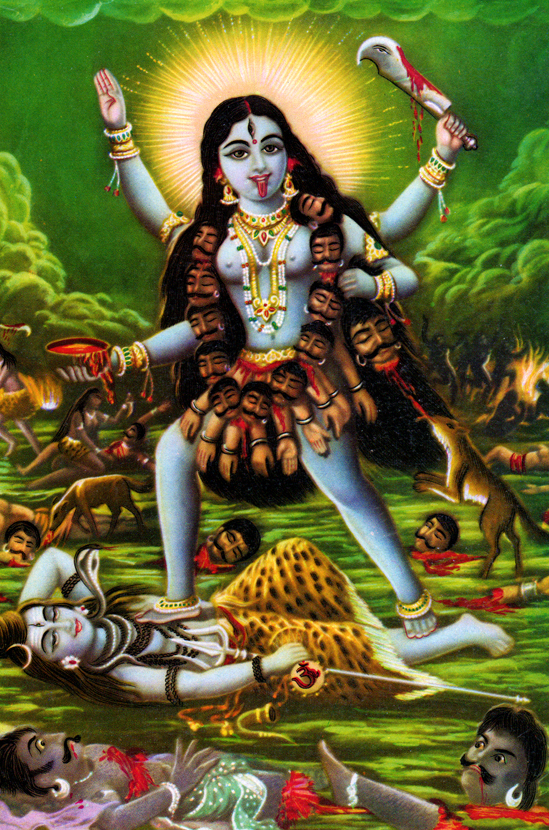
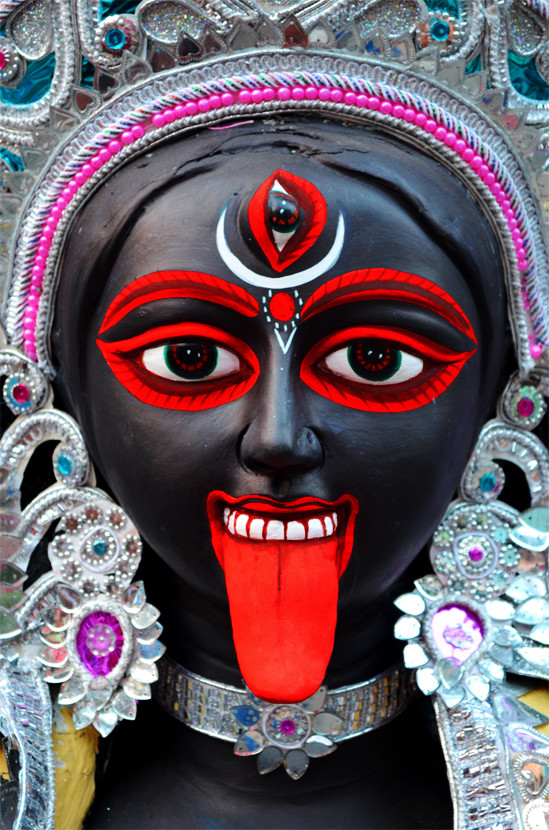
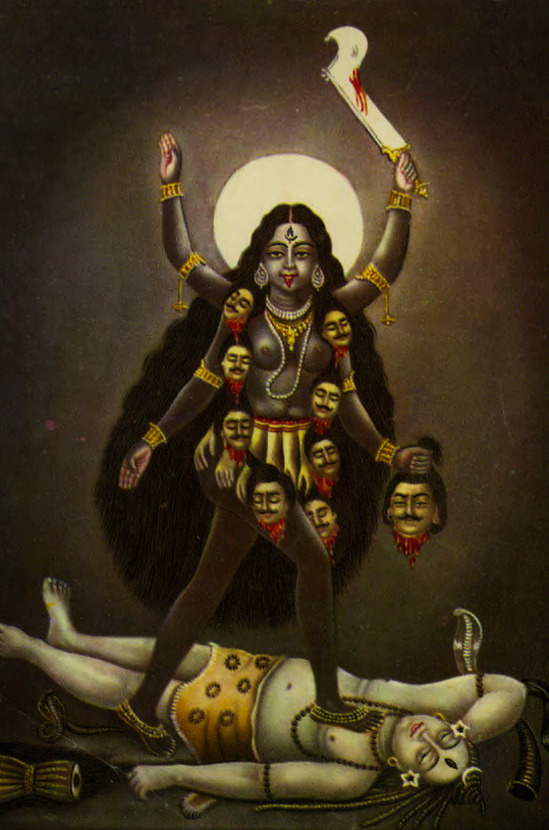
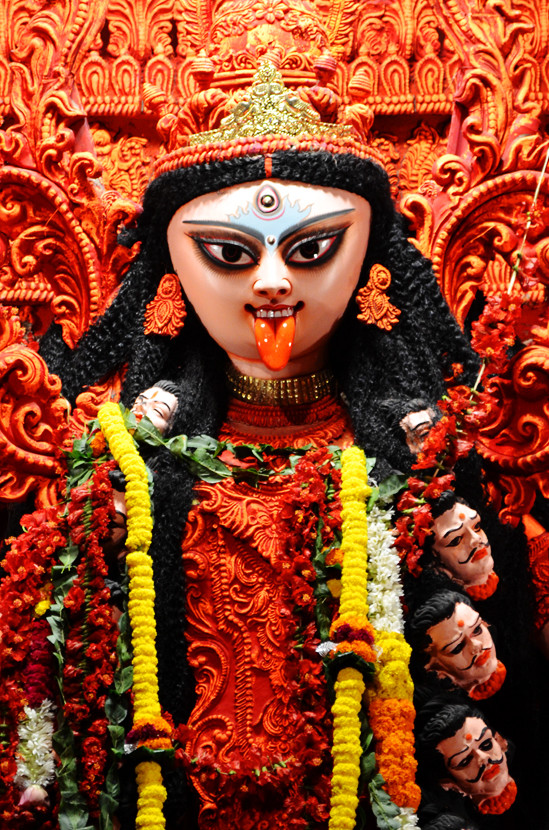
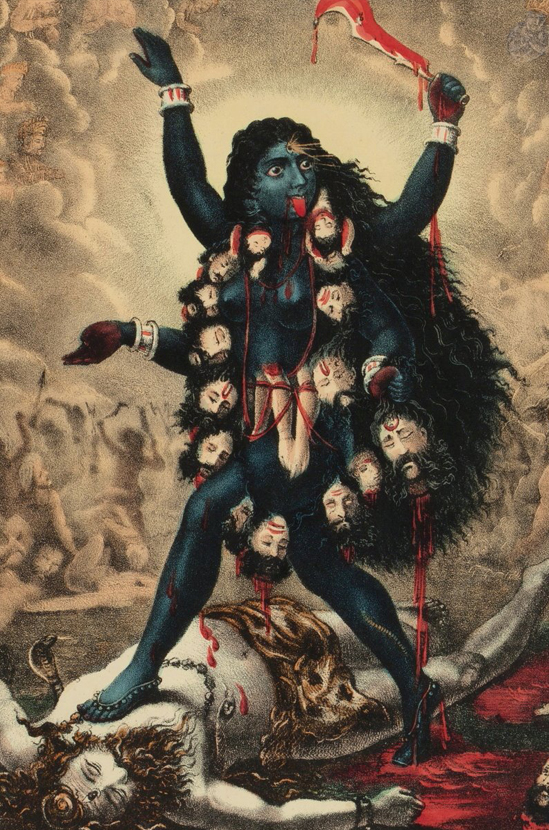
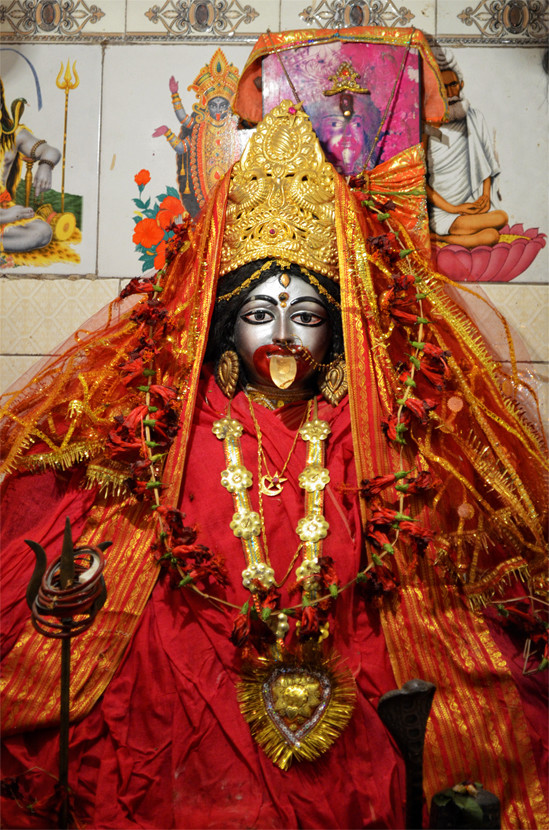
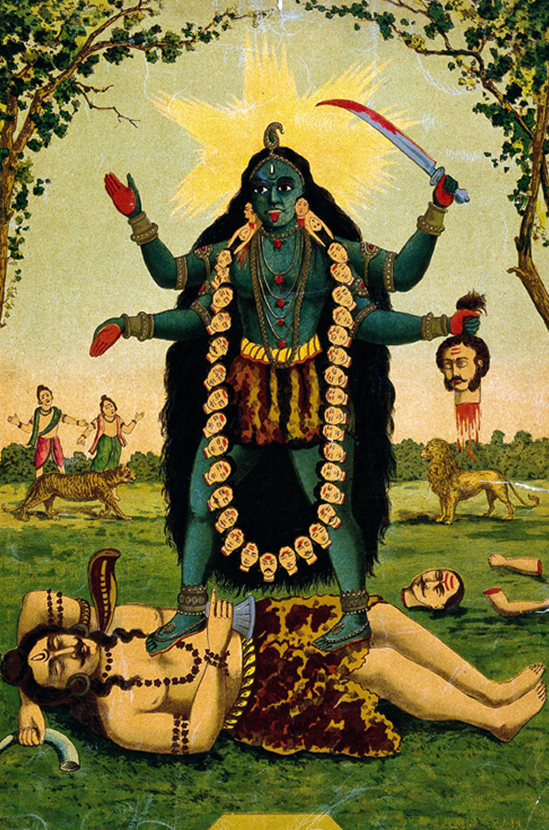
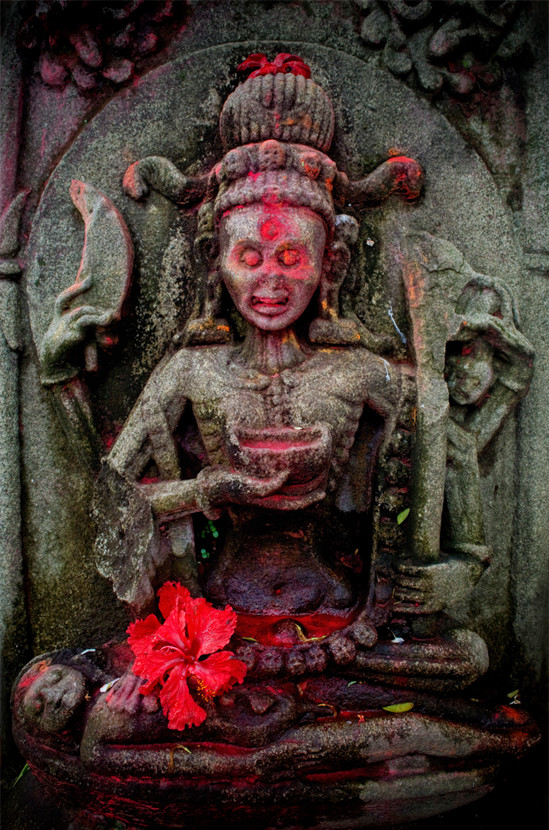
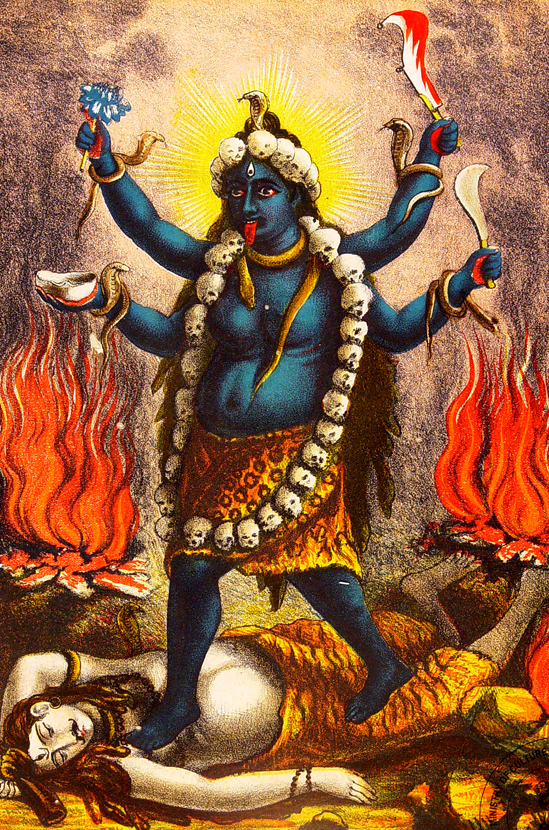
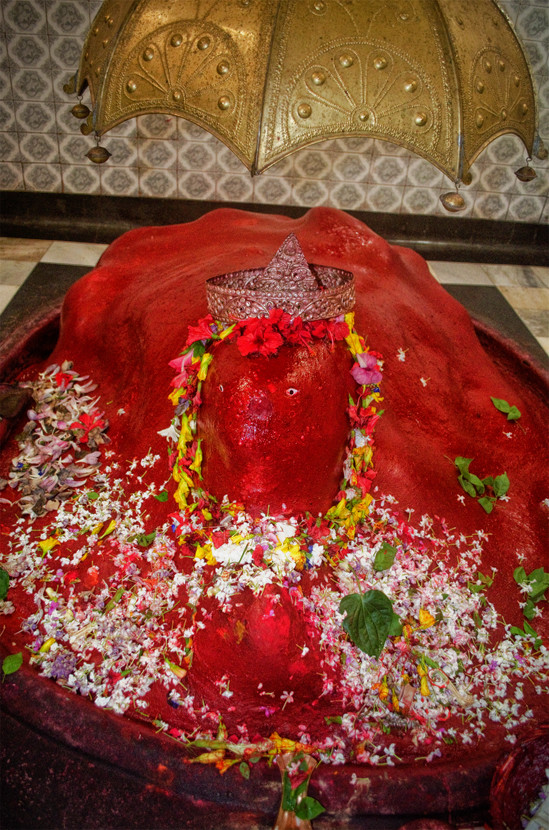
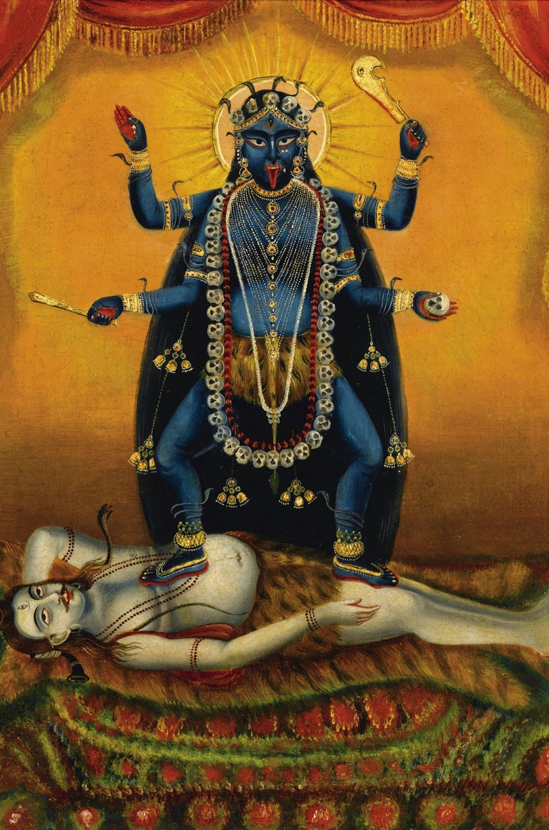
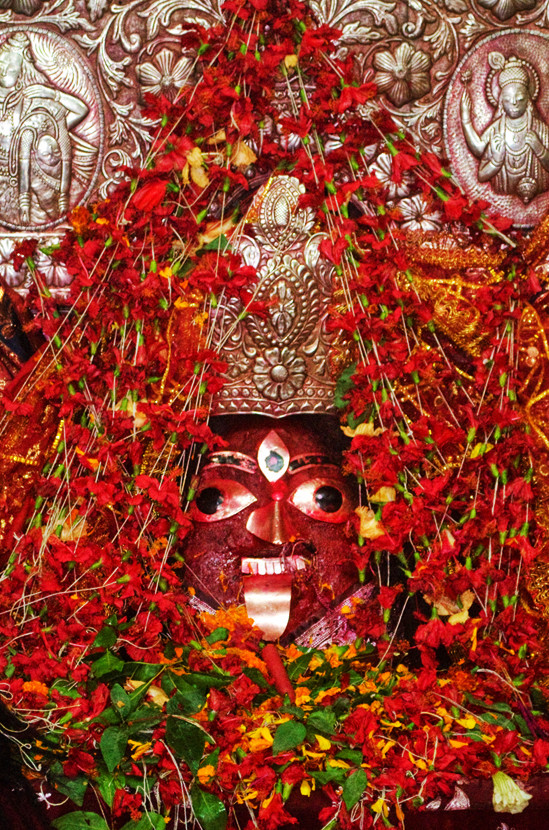
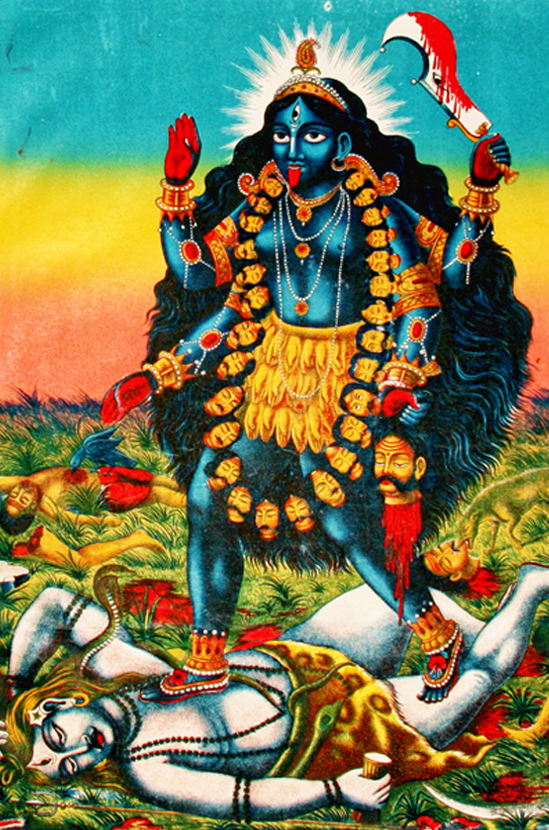
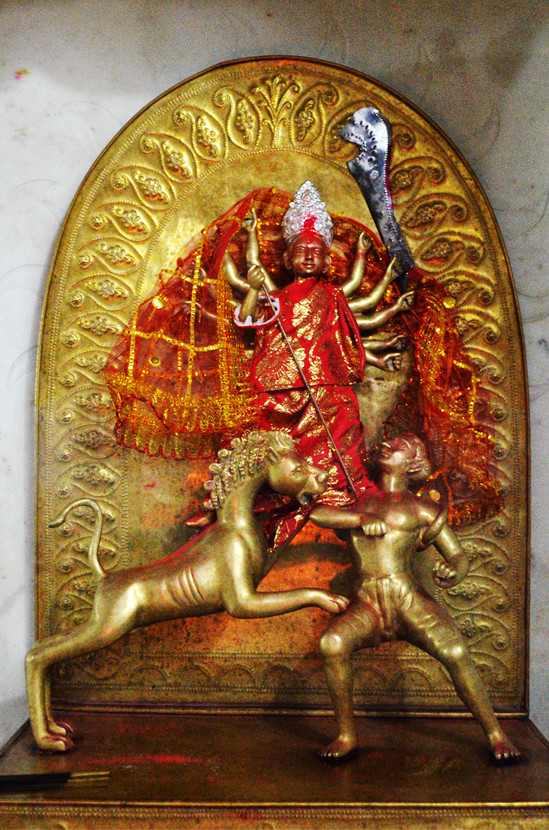
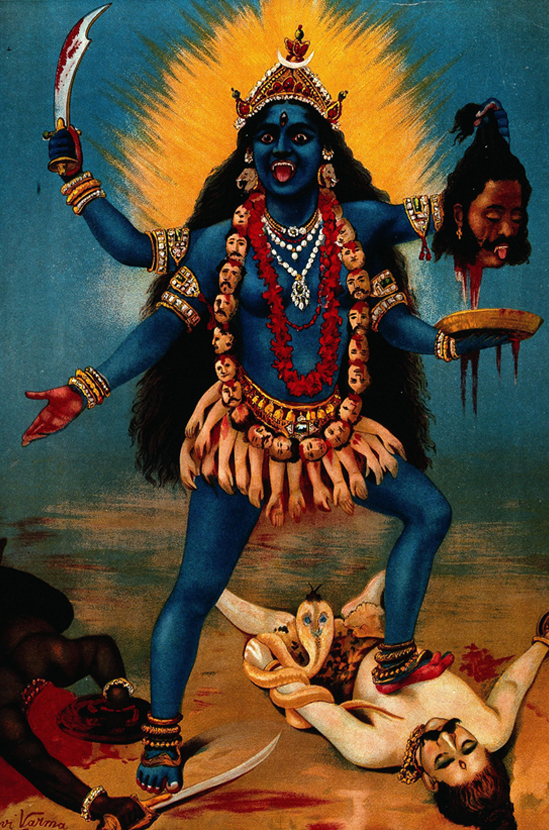
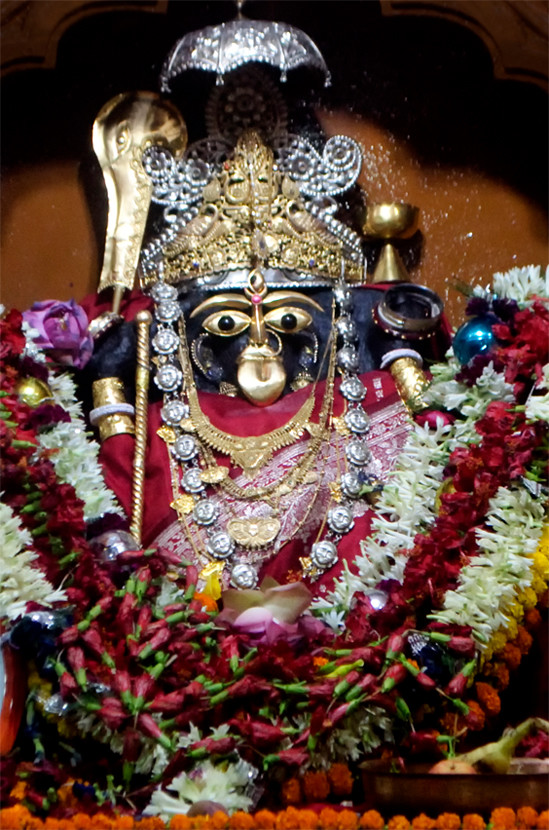
Very nice translation you have made. Shyama Sangeet is the most popular and renowned devotional music here in West Bengal besides Krishna bhakti music.
Ramprasad Sen and Kamalakantha Bhattacharya were the two extremely adept bhaktas of the Divine Mother. They laid the foundation for Shyama Sangeet and practically all Shyama Sangeet comes from them. It’s really unfathomable to comprehend the heights of Sadhana they did whereby every cells in their beings sang out Maa Kali.
The verse in this Song where Sadhak Kamalakantha refers to the mother as sometimes black, white, yellow, etc actually directly refers to the various forms of the Divine mother. Each form has different color. So Sadkhak Kamalakantha is bewildered and at the same time completely dissolved thinking the limitless forms and possibilities of the Mother.
🌺
I always burst into tears with shyama sangeet.no reason.god only knows why!
Namaste, where is this temple, can you please let me know.